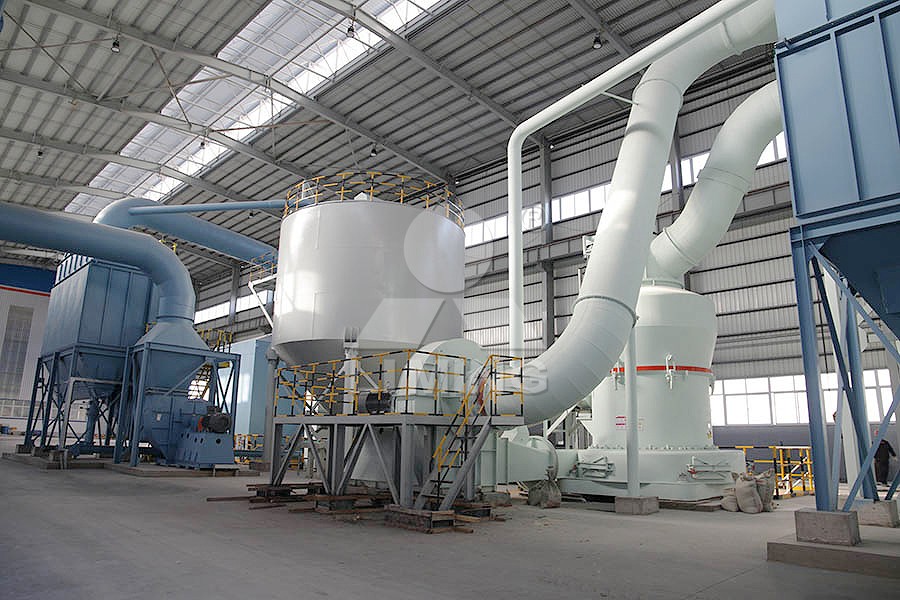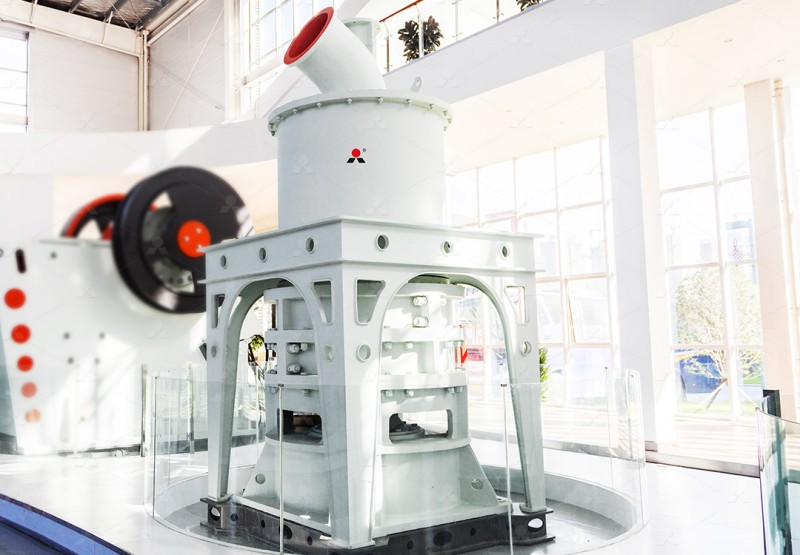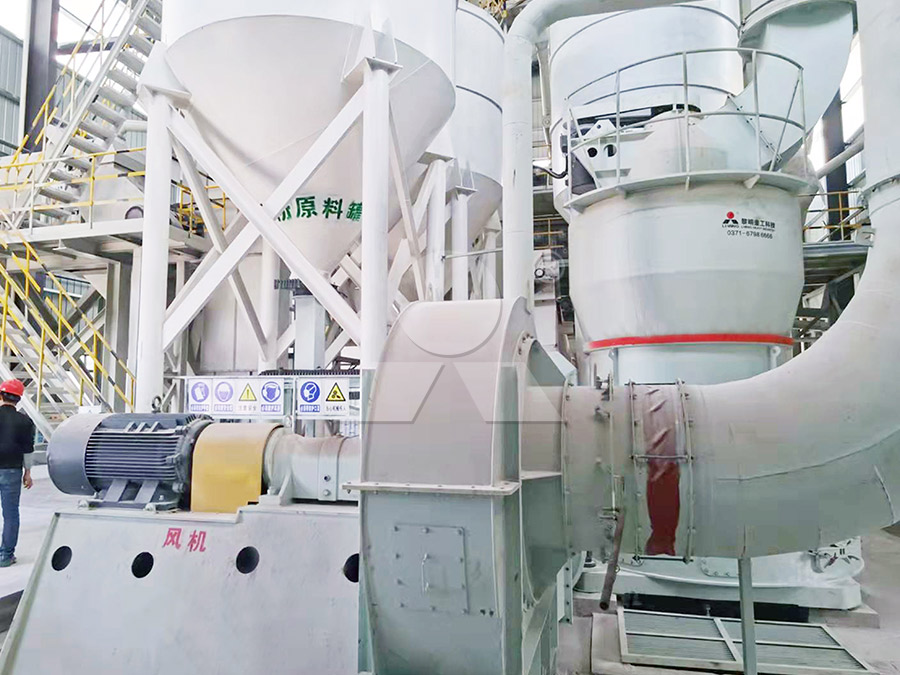Manganese Ore Grinding Mill Wholesale Price and Supplier Guide
Manganese Ore Grinding Mill Wholesale Price and Supplier Guide
Manganese ore processing requires specialized grinding equipment to achieve optimal particle size distribution for downstream applications. As industry professionals know, selecting the right grinding mill significantly impacts operational costs, product quality, and overall profitability. This comprehensive guide examines key considerations for manganese ore grinding mill selection, pricing factors, and supplier evaluation.
Understanding Manganese Ore Grinding Requirements
Manganese ore presents unique grinding challenges due to its variable hardness, abrasiveness, and moisture content. Successful processing demands equipment capable of handling these characteristics while maintaining consistent output quality. The ideal grinding solution must balance throughput requirements with energy efficiency and maintenance costs.

When evaluating grinding mills for manganese ore, consider these critical factors: feed size distribution, required product fineness, capacity requirements, moisture content, and abrasion resistance. Each element influences the optimal technology selection and operational economics.
Technology Options for Manganese Ore Grinding
The mining industry utilizes various grinding technologies for manganese ore processing, each with distinct advantages. Traditional ball mills offer reliability but suffer from high energy consumption. Raymond mills provide cost-effective solutions for coarser applications, while vertical roller mills deliver excellent efficiency for medium-fine grinding.
For operations requiring ultra-fine manganese powder, advanced technologies like our MW Ultrafine Grinding Mill deliver exceptional performance. This system processes materials with input sizes up to 20mm and capacities ranging from 0.5 to 25 tons per hour. Its innovative design eliminates rolling bearings and screws in the grinding chamber, significantly reducing maintenance concerns and potential machine damage from loose components.

Pricing Considerations and Total Cost of Ownership
Wholesale pricing for manganese ore grinding mills varies significantly based on technology, capacity, and configuration. While initial investment is important, savvy operators prioritize total cost of ownership, including energy consumption, maintenance requirements, and component lifespan.
The MW Ultrafine Grinding Mill demonstrates how advanced technology can optimize operational economics. Compared to traditional jet mills, this system reduces energy consumption by approximately 30% while increasing production capacity by 40%. The adjustable fineness between 325-2500 meshes provides exceptional flexibility for different manganese applications.
Supplier Selection Criteria
Choosing the right grinding mill supplier involves evaluating technical expertise, after-sales support, and manufacturing capabilities. Look for suppliers with proven experience in mineral processing applications, comprehensive technical documentation, and responsive customer service.
Our company maintains complete production and sales operations, ensuring responsibility for every machine we manufacture. We provide original spare parts and technical services to guarantee worry-free operation, with digitalized processing ensuring high precision across all components.

Environmental and Operational Considerations
Modern grinding operations must address environmental regulations and community concerns. Advanced systems like our MW Ultrafine Grinding Mill incorporate efficient pulse dust collectors and mufflers to minimize dust and noise pollution. The entire production process complies with national environmental protection standards, making these mills suitable for operations in regulated regions.
Frequently Asked Questions
What is the typical energy consumption for manganese ore grinding?
Energy consumption varies by technology and product fineness. Advanced systems like the MW Ultrafine Grinding Mill consume approximately 30% less energy than traditional jet mills while delivering higher capacity.
How does feed size impact grinding mill selection?
Different mills handle specific input size ranges. The MW Ultrafine Grinding Mill accommodates materials up to 20mm, while other technologies may have different limitations. Always match feed size to equipment specifications.
What maintenance considerations are unique to manganese ore grinding?
Manganese’s abrasiveness demands robust wear protection. Look for mills with specialized materials in high-wear areas and designs that facilitate maintenance access. The MW series eliminates internal bearings and screws that commonly fail in abrasive applications.
Can the same grinding mill process different mineral types?
Many mills handle various non-metallic minerals beyond manganese ore, including limestone, calcite, dolomite, and barite. Verify application compatibility with your supplier.
What factors influence grinding mill pricing?
Pricing reflects capacity, technology sophistication, materials of construction, automation level, and included accessories. Consider operational costs alongside initial investment for accurate comparison.
